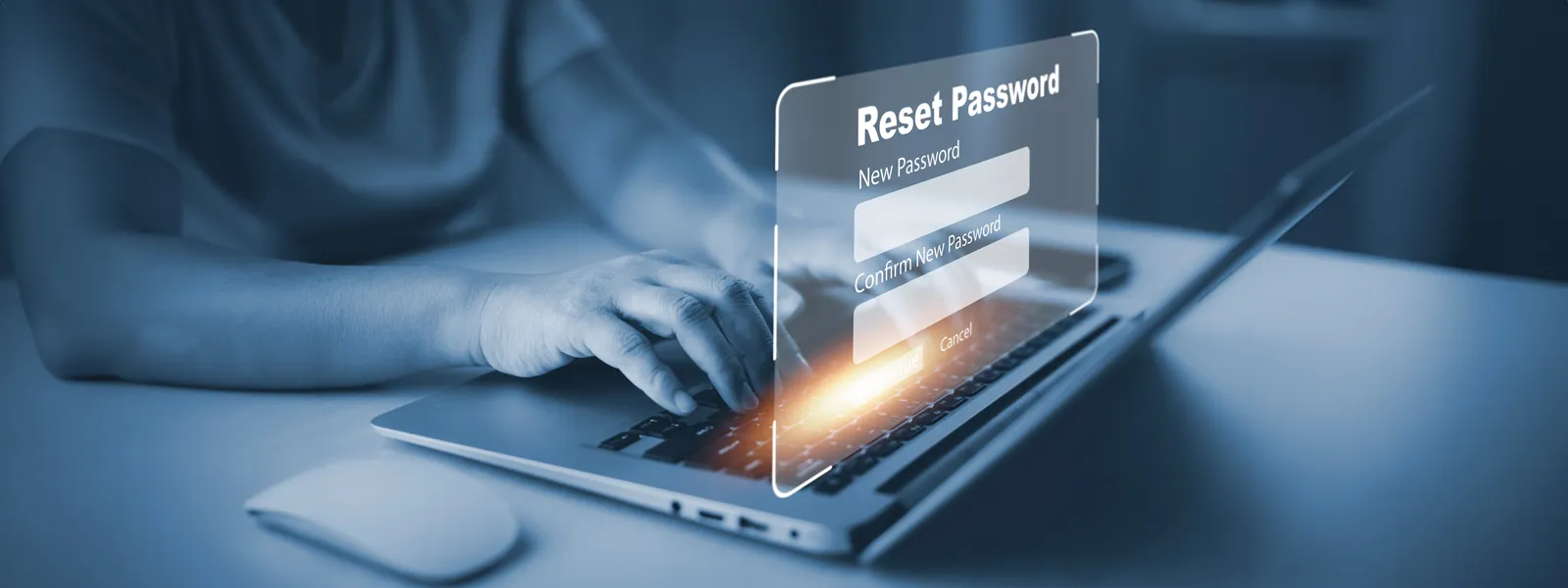Email is one of the most essential means of communication today. We also use it to log in to social media and various apps. This widespread use makes it a common target for hackers. So, what should you do if your email gets hacked? Our Perth-based cybersecurity specialists share simple and effective tips.
How to determine if your email has been hacked?
At times you may receive a notification displaying this terror-inducing message- “You’ve been hacked.” But we can’t always wait for the message to pop up to know. Given below are some simple yet effective methods to discover if your email has been hacked.
Unable to log in to your account
If you’re unable to log in using the right password after multiple tries, it’s usually a sign you’ve been hacked. The hacker could have changed your password leading to an account lockout.
Sudden performance issues in your PC
If your smoothly working PC randomly starts being slow and unresponsive, it could be a sign of virus infestation. A picture or an attachment that you downloaded from a seemingly innocent mail could have caused the installation of spyware in your system. Spyware could track your online conduct and steal your email credentials
Strange posts start appearing on your social media
Links you don’t remember sharing show up in your timeline. Recommendations for products you may not have even heard about might fill your profile. Since emails are necessary to sign up for any social media site, once your email gets hacked, it’ll be easy for the hackers to control your social media presence.
What to Do Next
Realising your email has been hacked can be overwhelming, but taking fast, clear action will help you recover control.
Change your password
Start by removing all saved passwords from your system. Then, create a new, strong password that is hard to guess. Use a combination of letters, numbers, and symbols.

Enable Multi-Factor Authentication (MFA)
MFA adds an extra layer of security. Even if someone knows your password, they won’t be able to access your account without a second verification step.
Notify Your Contacts
Let your contacts know your email was compromised. Ask them to ignore any suspicious messages sent from your account until you’ve resolved the issue.
Review Your Email Settings
Check for auto-forwarding rules or changes to your signature. Hackers often set up automatic forwarding or insert harmful links into email footers.
Scan Your Computer
Run a full antivirus scan to detect malware or spyware. If any threats are found, delete them immediately.
Turn On Your Firewall
Ensure your firewall is active. It helps block dangerous connections and adds another level of protection while browsing.
Install or Update Antivirus Software
If you don’t have antivirus software, install a reputable one. Keep it updated to protect against the latest threats. Avoid downloading files flagged by your antivirus software.
These are steps you can take if your email gets hacked. Taking necessary precautions and staying alert are the only ways to minimise the damage caused by hacking. Want to protect your business from the dangers of cyber threats? Contact our specialists or email at cybersecurity@computingaustralia.group. We are 24/7 ready to fix your cybersecurity issues and keep your business protected.
Jargon Buster
Spyware – malicious software that infiltrates your device to observe your activity and steal your sensitive information.
MFA – Multi-factor Authentication – an authentication method that needs the user to provide two or more verification factors to gain access to their data.
Firewall – a network security system that monitors and manages incoming and outgoing network traffic based on a given set of security rules.



